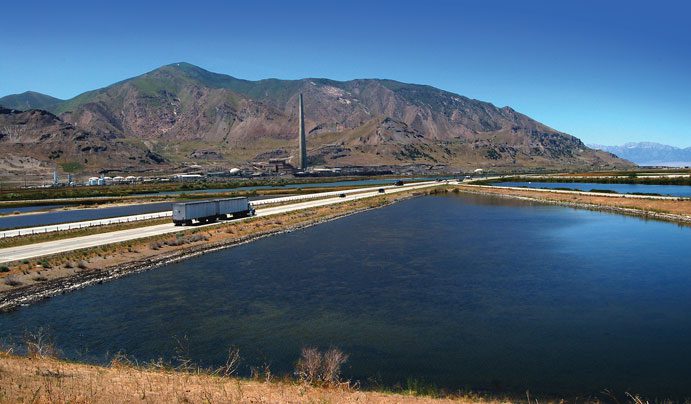Curtin University and Northern Territory-based researchers have found elevated electrical conductivity in creek water to be a reliable predictor of toxic seepage from a nearby mine’s tailings pond.
“It’s a common problem in mine seepage to have a very high concentration of various ions,” Curtin Associate Professor Marte Monique Gagnon said.
“When there is a discharge of the seepage into the natural creeks it can get to be a problem.”
Associate Professor Gagnon said discharge into natural waterways was of particular concern in the northern tropical late wet and early dry seasons, when biodiversity is high but the water flow drops off.
This leads to a greater ion concentration in the water, which can then lead to a loss of biodiversity.
Associate Professor Gagnon says an east Kimberley nickel mine sought advice on how to identify toxic effluents to help prevent them seeping into the environment.
Curtin University expert Simon Lunn conducted a series of experiments to determine predictors of such toxicity.
These predictors can be used to monitor water in a nearby creek to indicate any remedial action.
These involved standardised toxicity tests on two tropical freshwater taxa: algae of the Chlorella genus and the cladoceran Moinodaphnia macleayi.
“We knew from previous research that the seepage was quite high in various ions,” Associate Professor Gagnon said.
“And we knew there was not a lot of heavy metals in there so we said ‘now which salt could be responsible for it?’“.
PROCESS OF ELIMINATION
determines best Predictor Gagnon and Lunn performed an exclusion protocol whereby they synthesised water containing similar levels of the salts present in the mine seepage, but excluding one at a time.
“All of those ions might interact together and we don’t always know how they interact in the nature, in the water and in the cells of the organisms,” Associate Professor Gagnon said.
“So we excluded them one at a time and we came to the conclusion that it was most likely the sulfate that was identified as a predictor of the toxicity.
“[Magnesium] sulfate was very high but it was not the one that was responsible for the toxicity; it was a good predictor.
“Even better, the overall electrical conductivity was the best of the predictors of the observed effects.”
Associate Professor Gagnon says the toxicity did not occur during the wet season’s high water flow periods.
“Most of the impact of seepage going into the streams is observed when the electrical conductivity is high, when there is less flow in the beginning of the dry season.”
So we excluded them one at a time and we came to the conclusion that it was most likely the sulfate that was identified as a predictor of the toxicity.
This study was also conducted with Rick Van Dam and Andrew Harford of the Environmental Research Institute of the Supervising Scientist, Department of the Environment, Darwin, Northern Territory.
This article first appeared in Science Network Western Australia – www.sciencewa.net.au//topics/fisheries-a-water/item/3092-ionshelp-forecast-toxic-mine-leakage














Add Comment